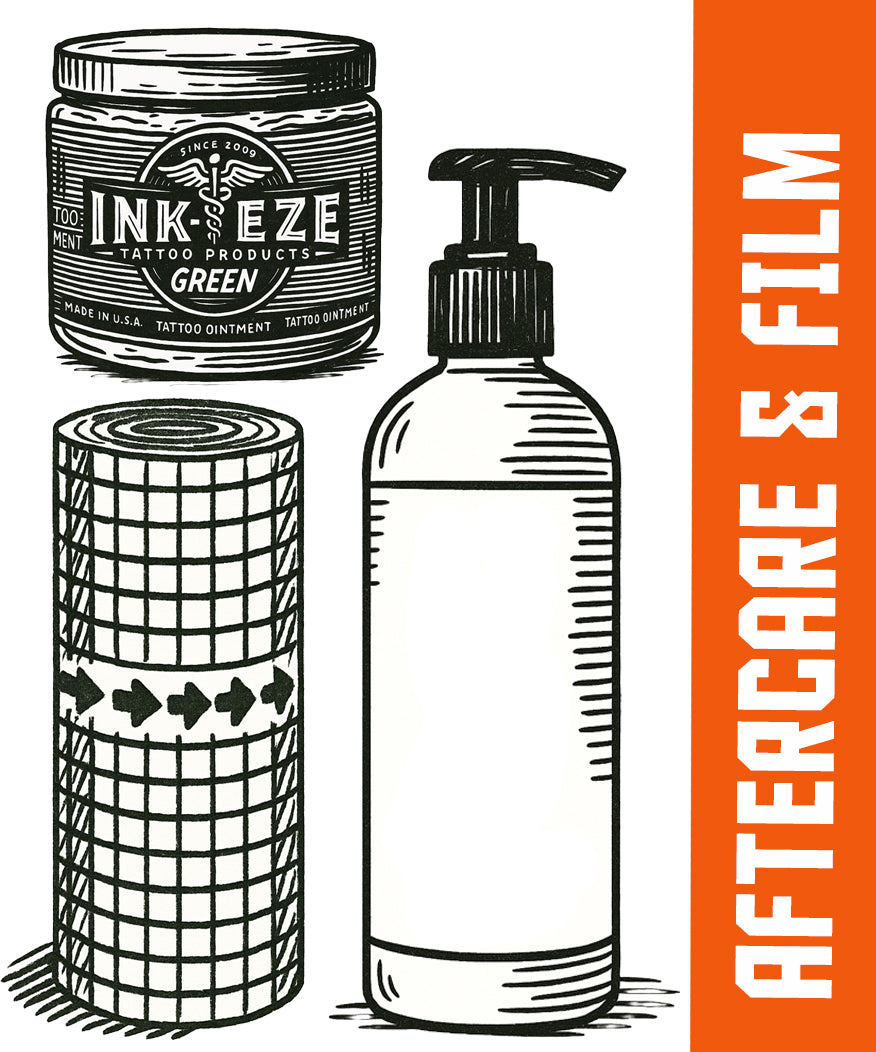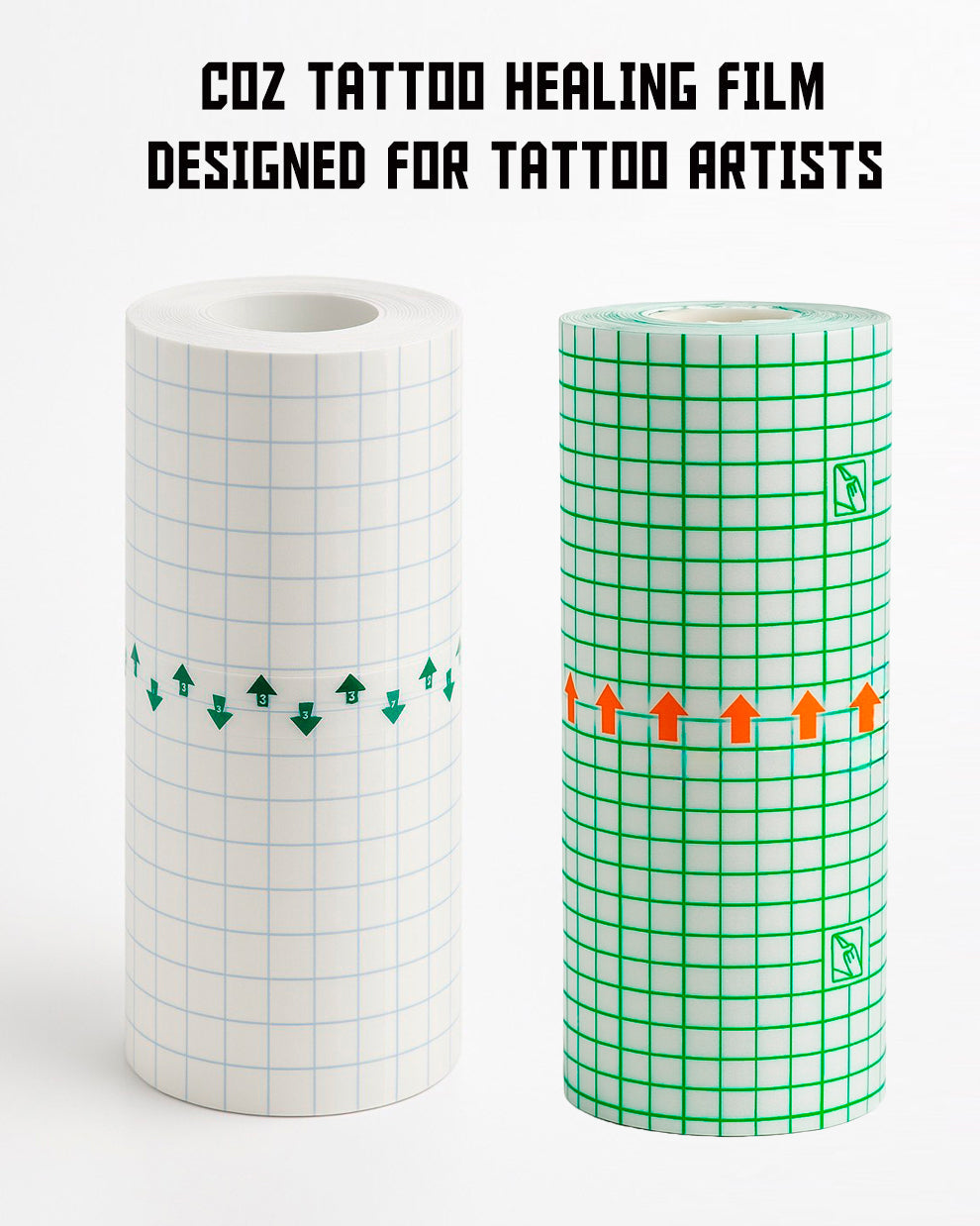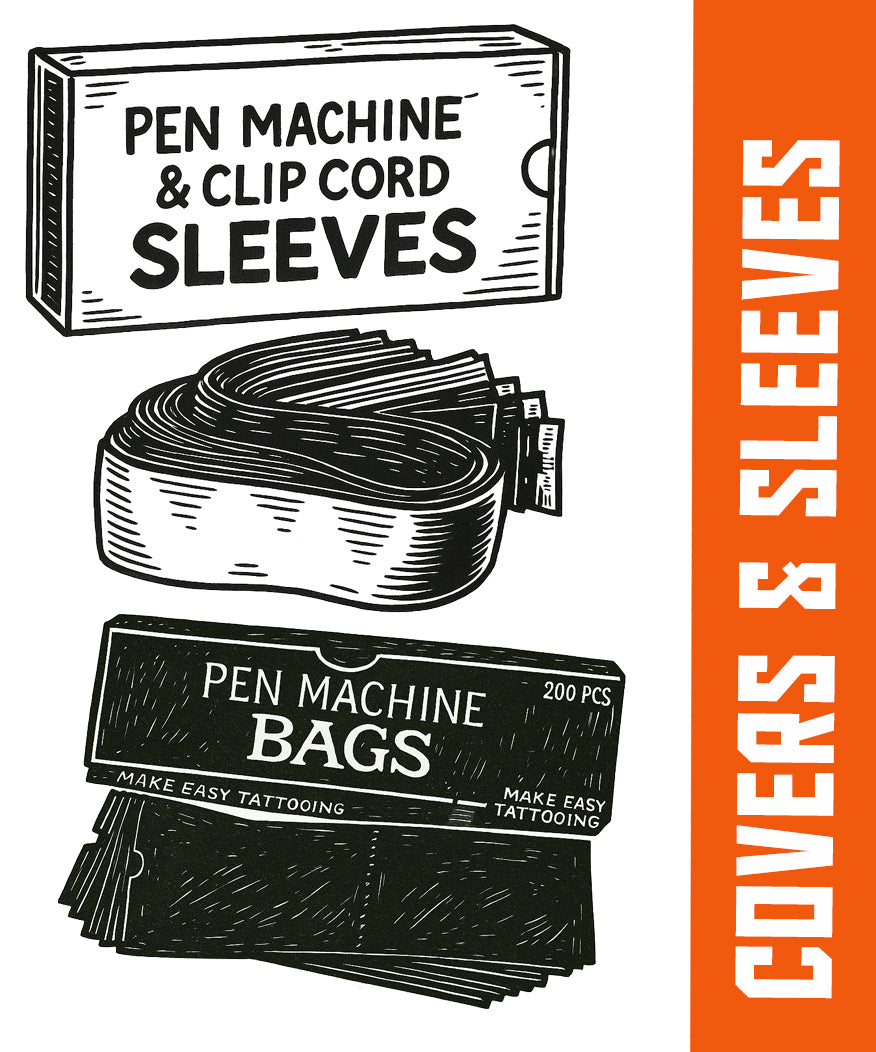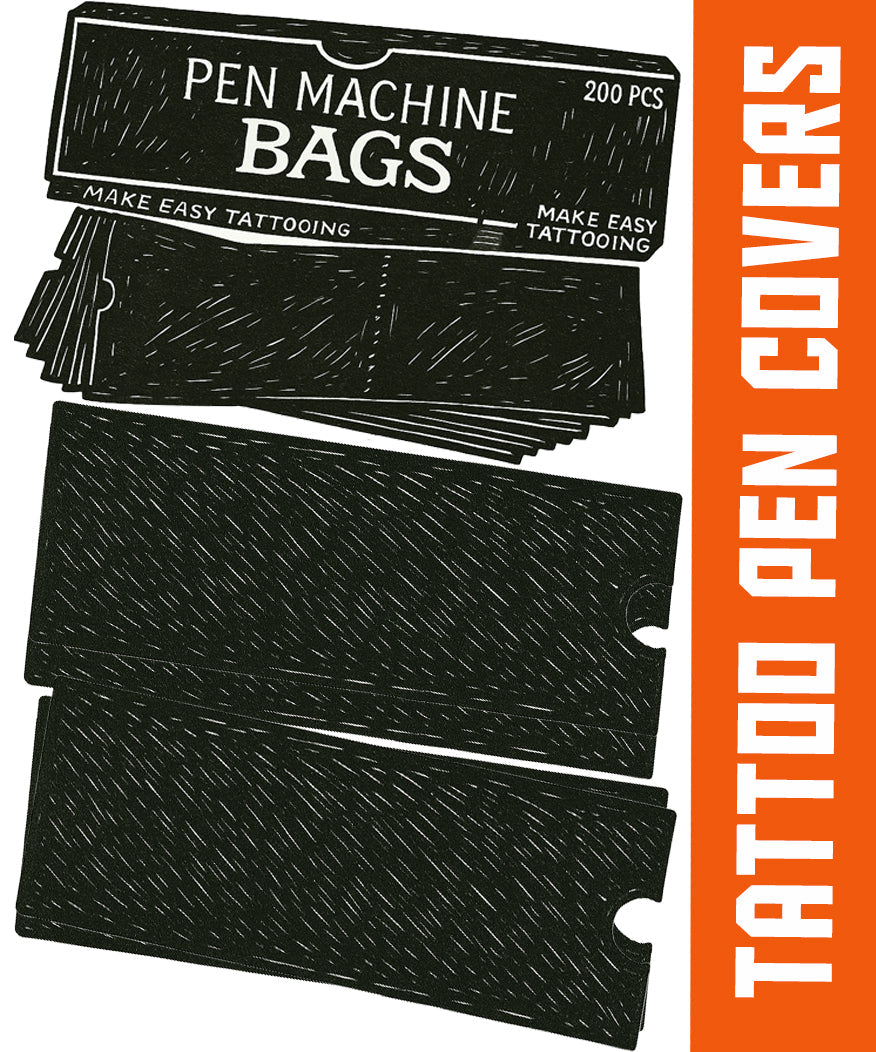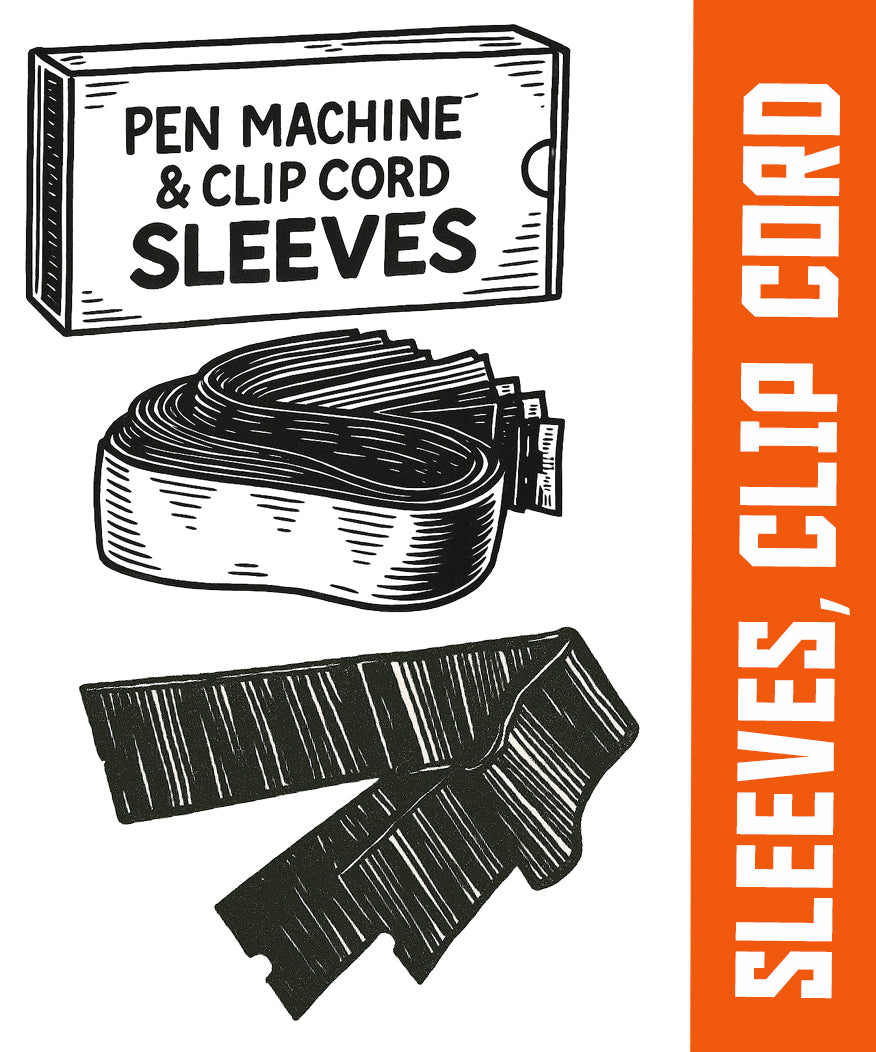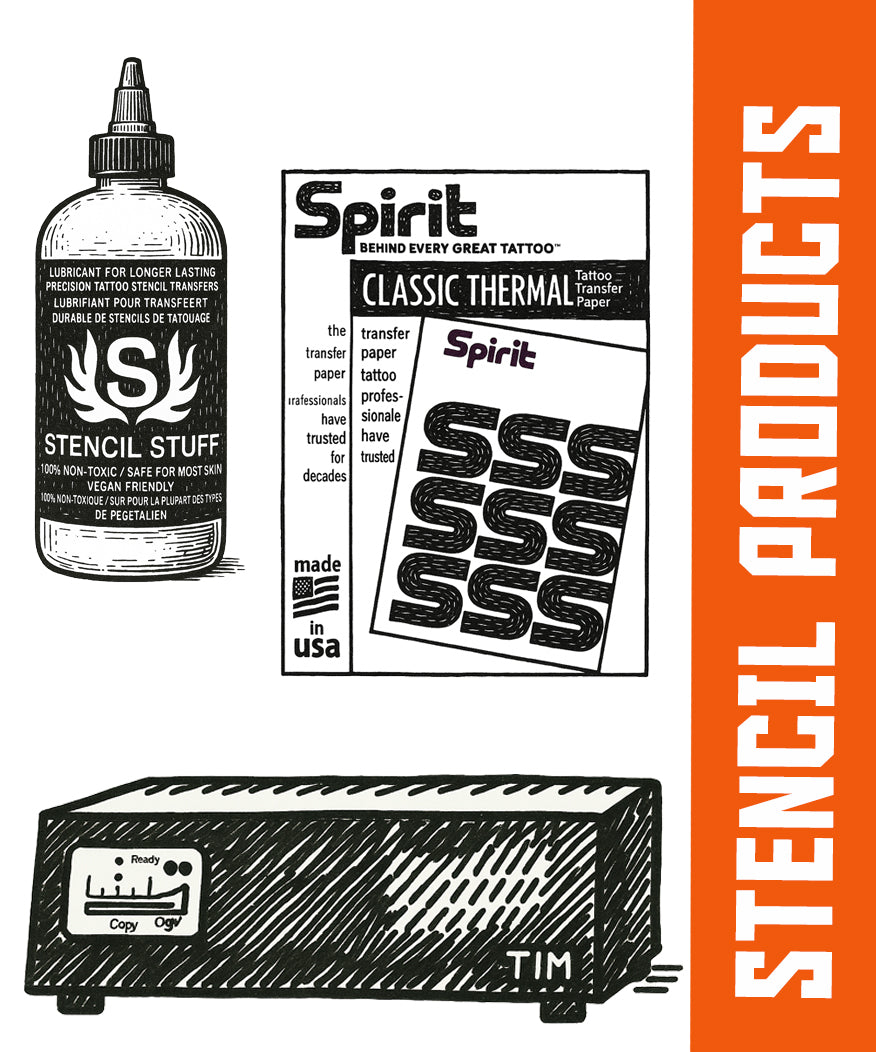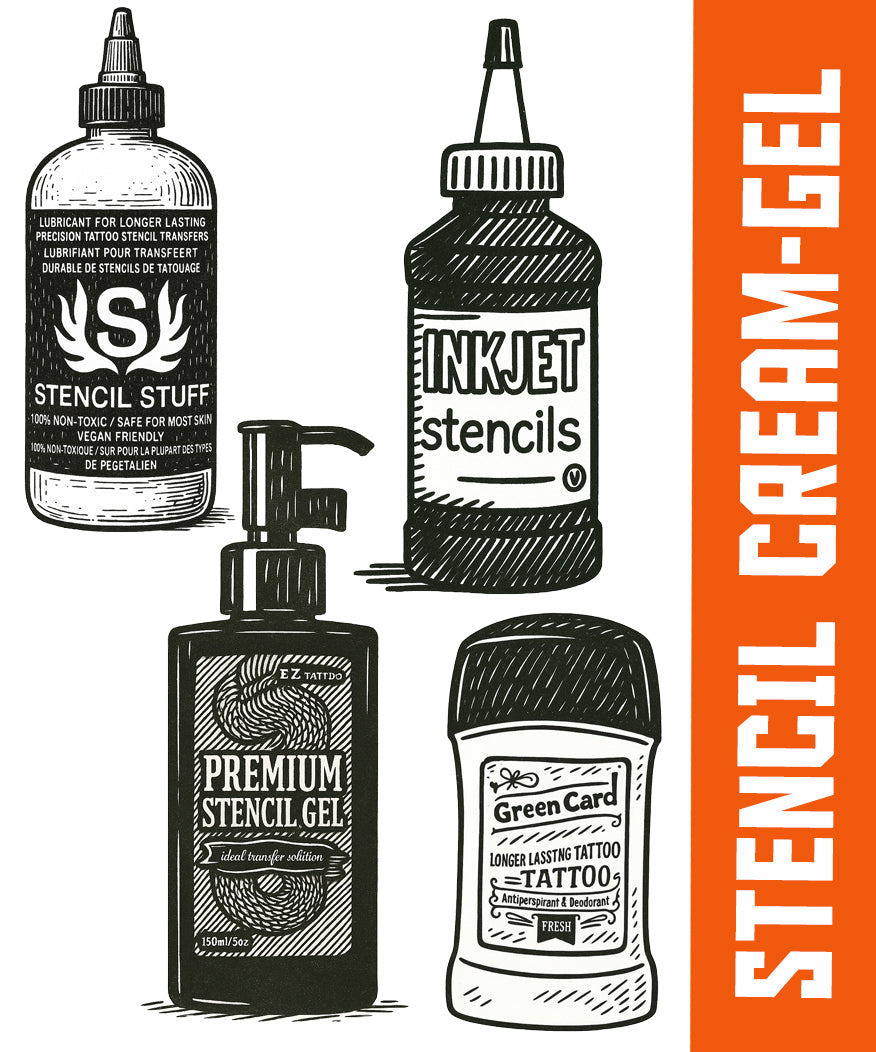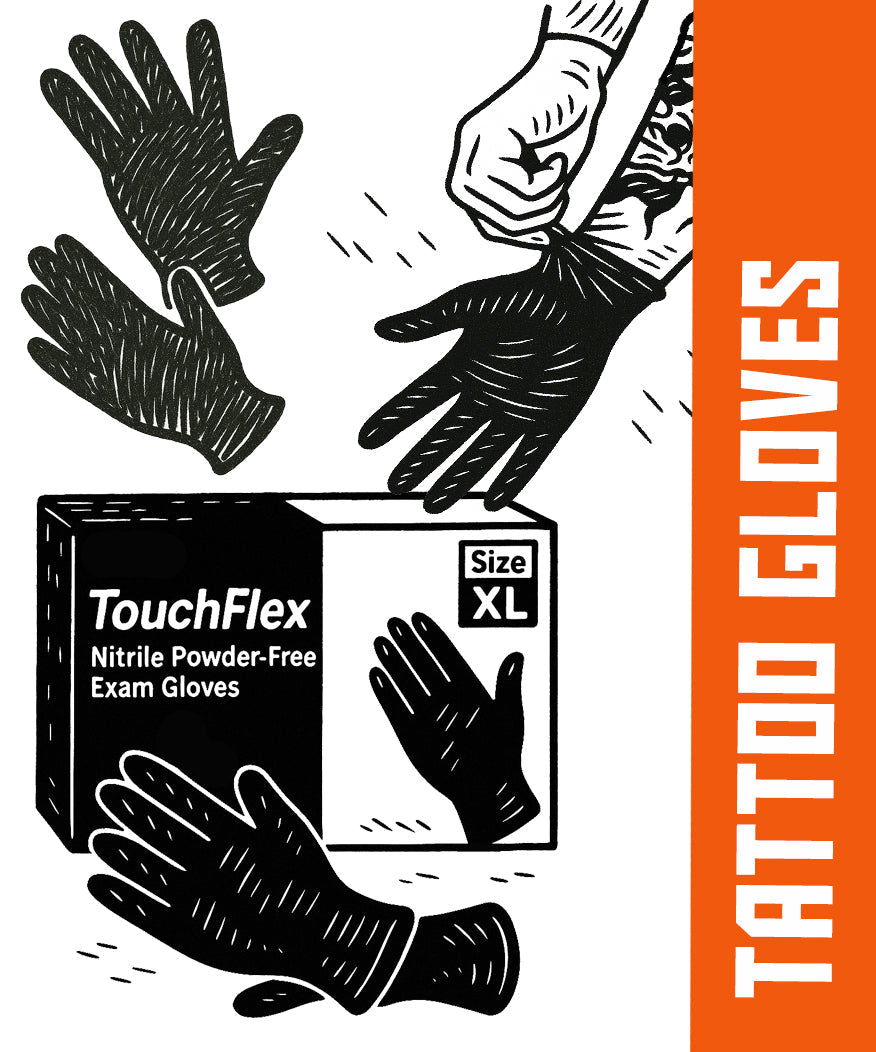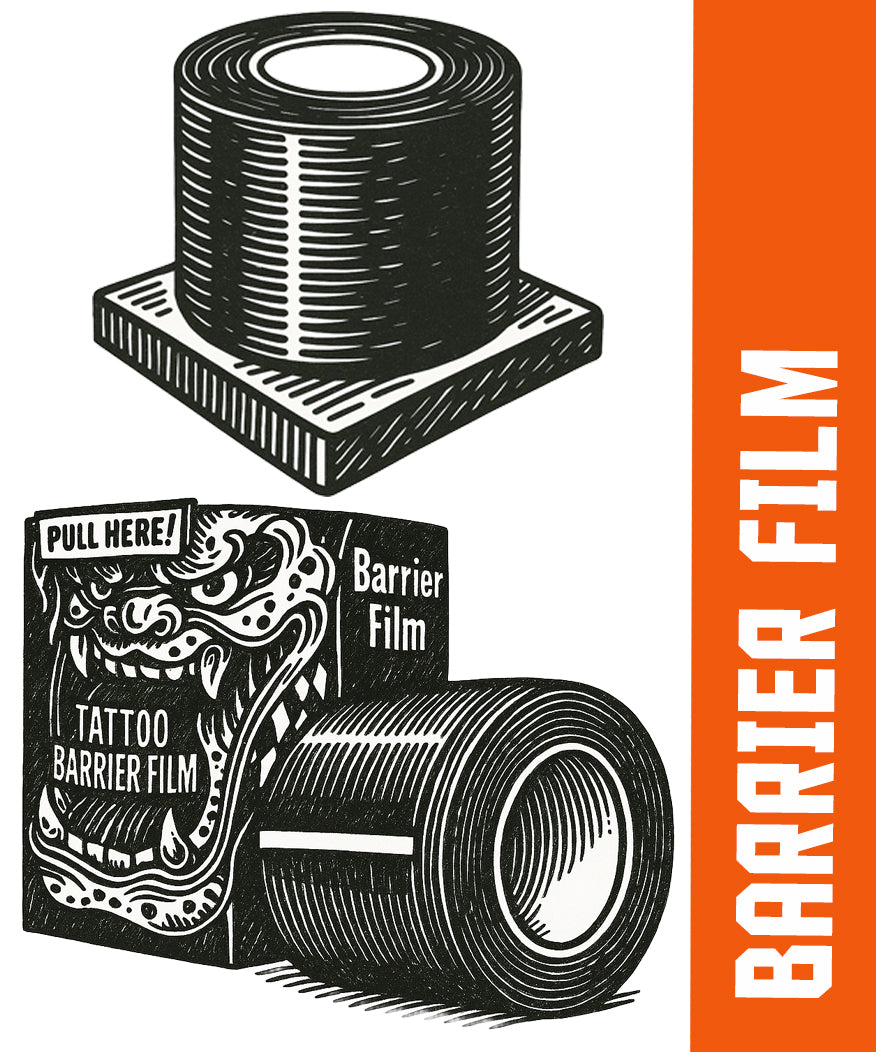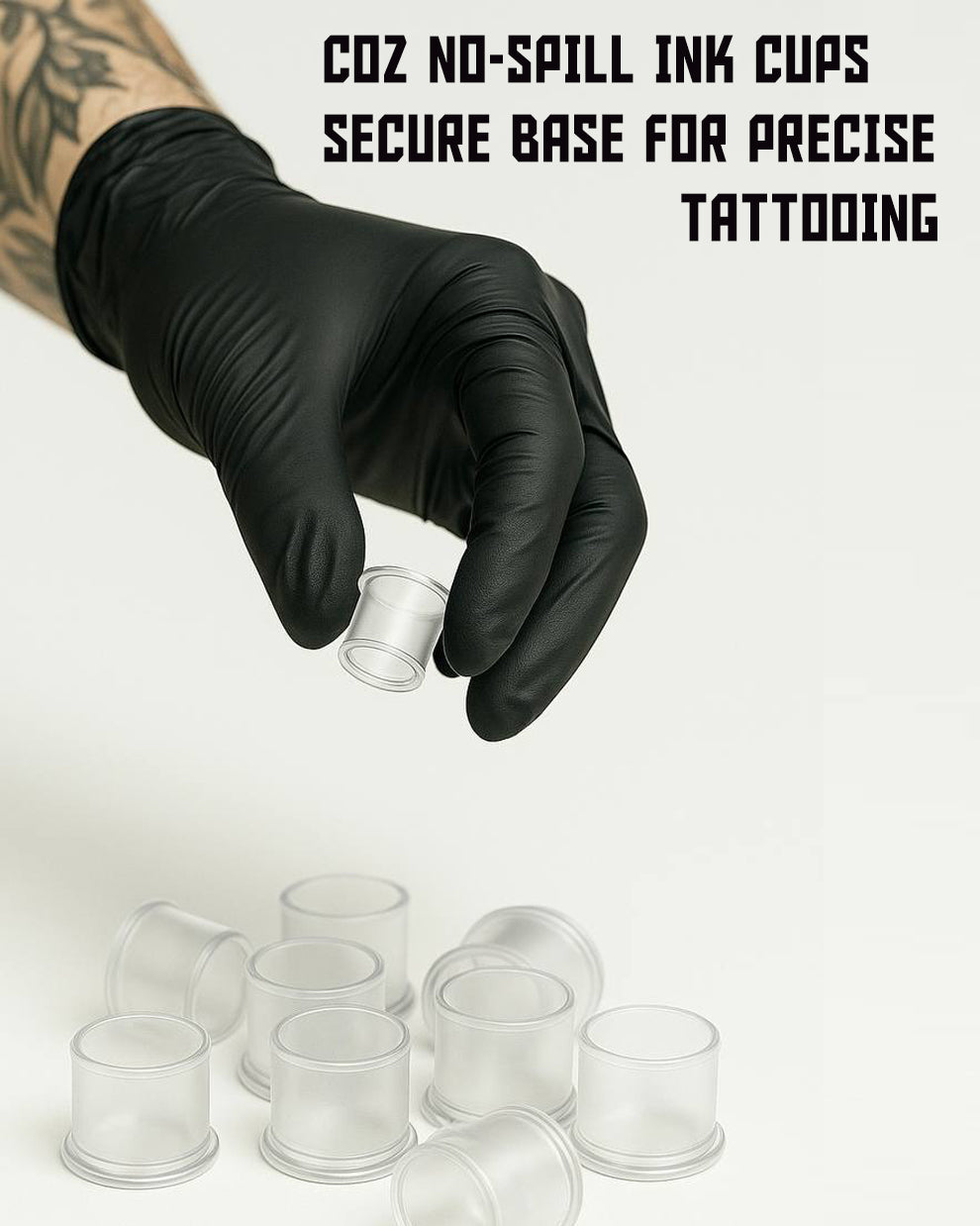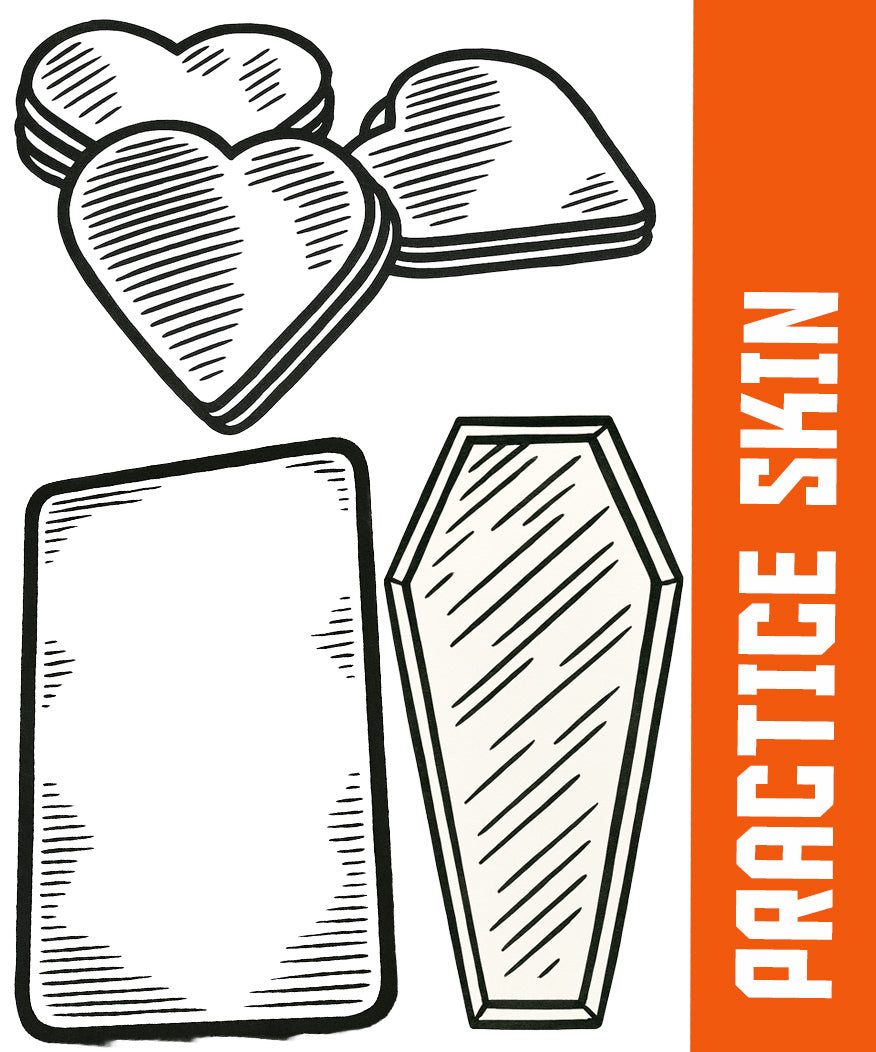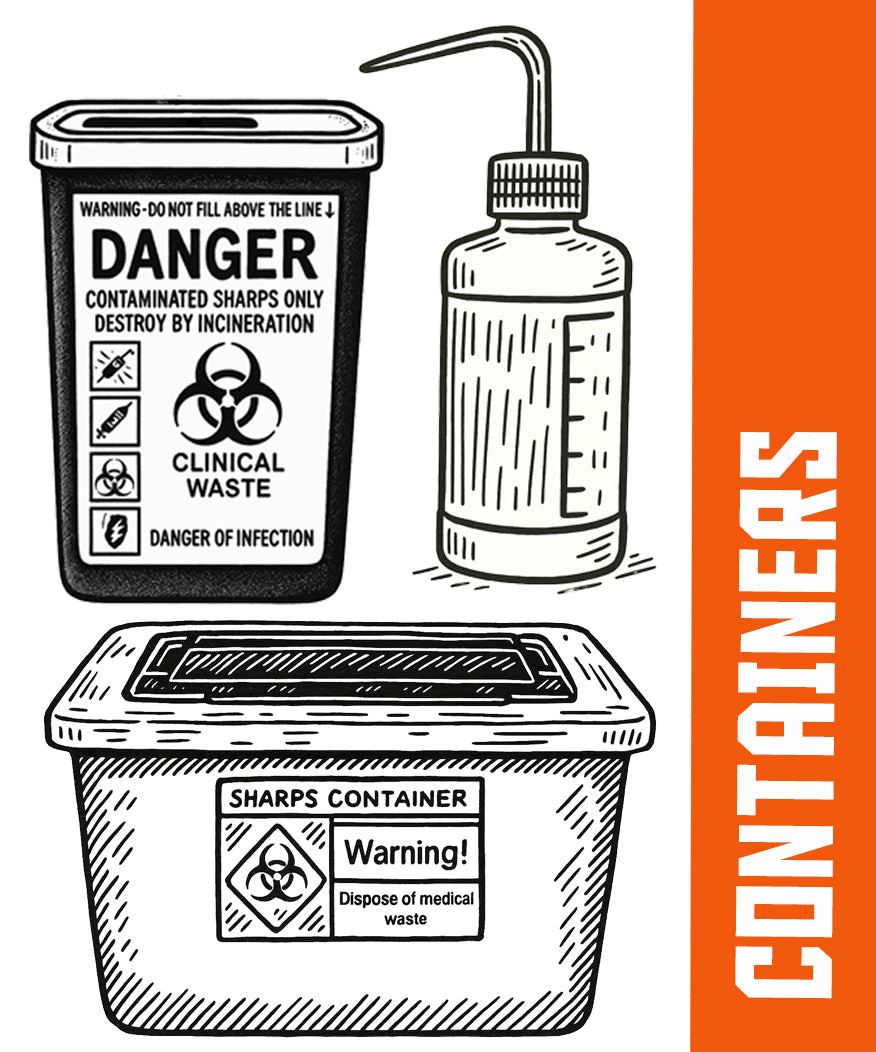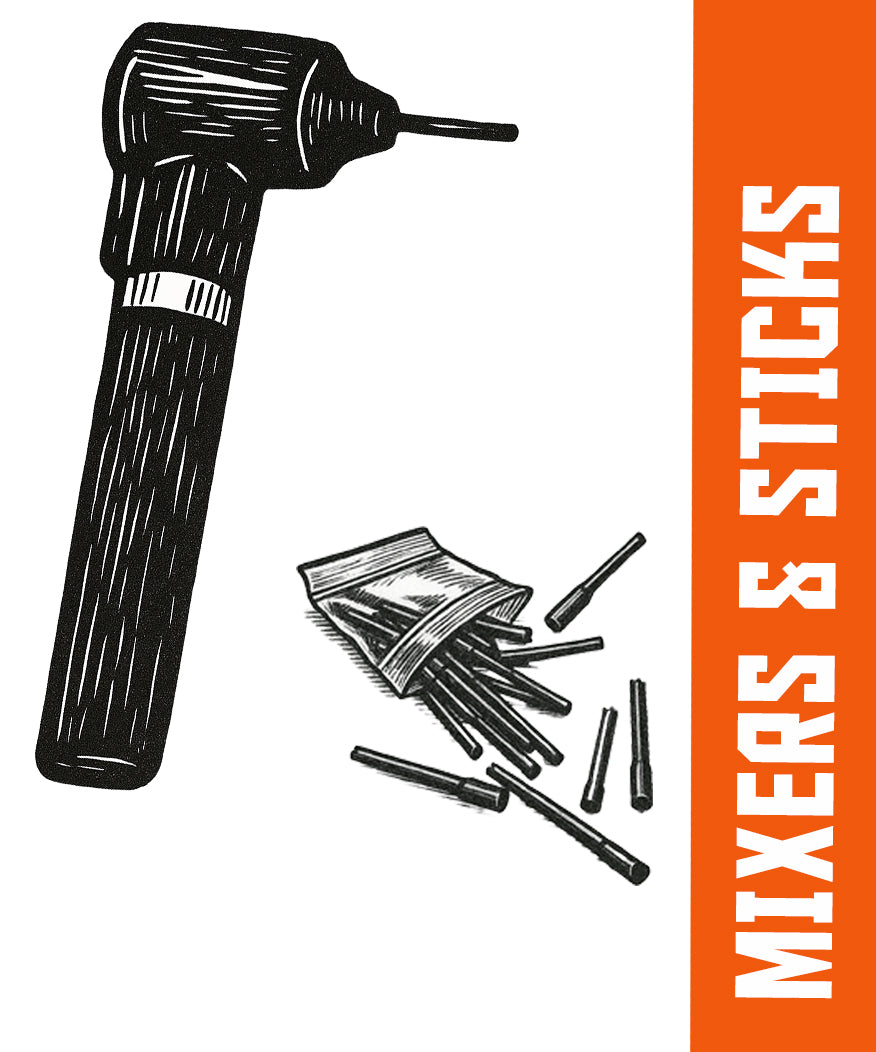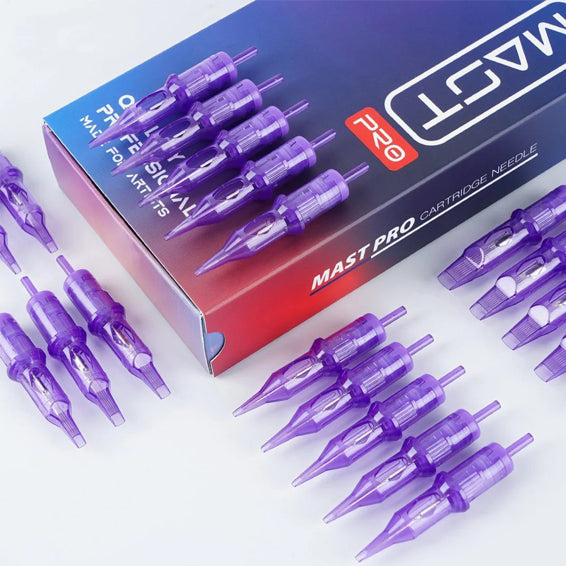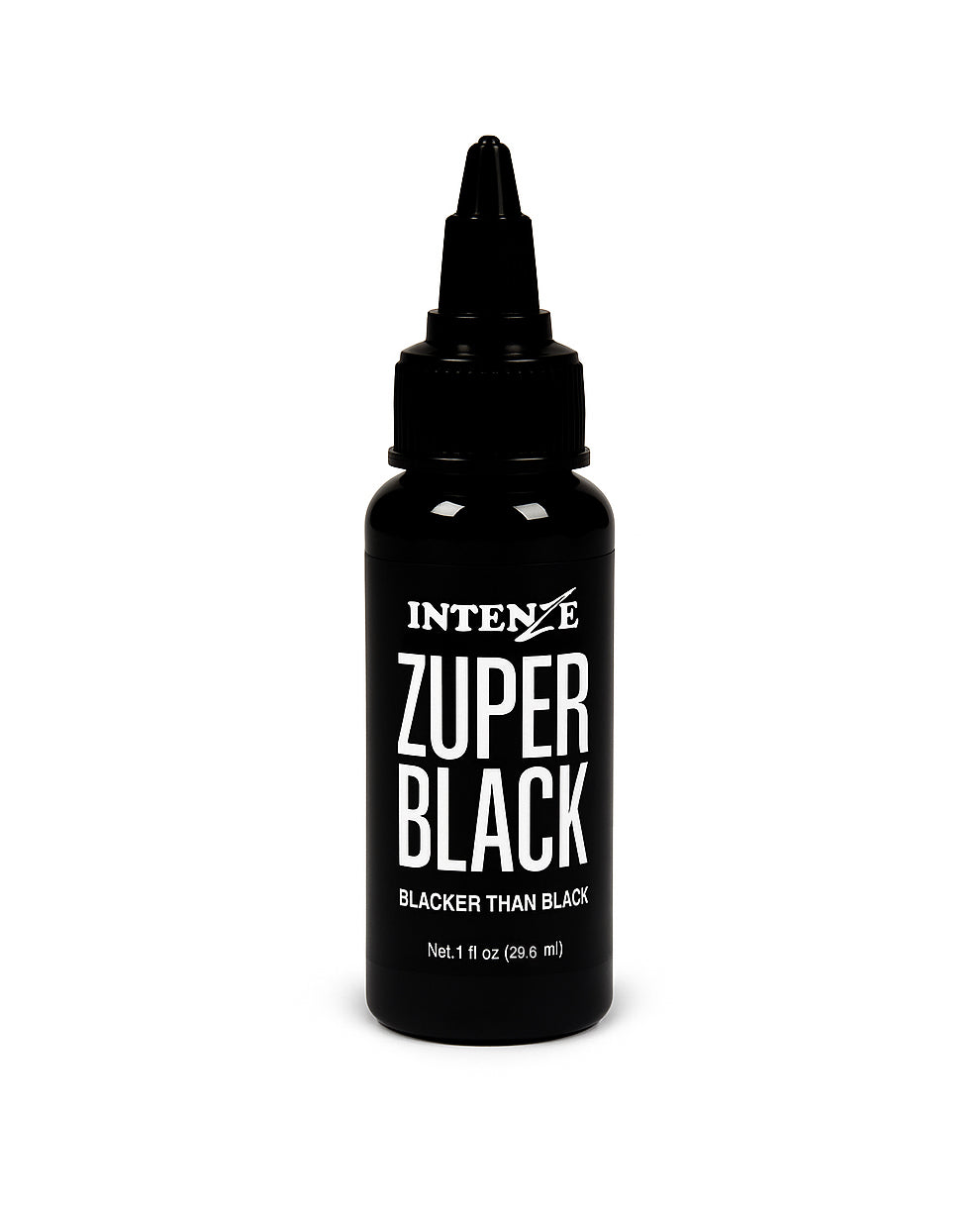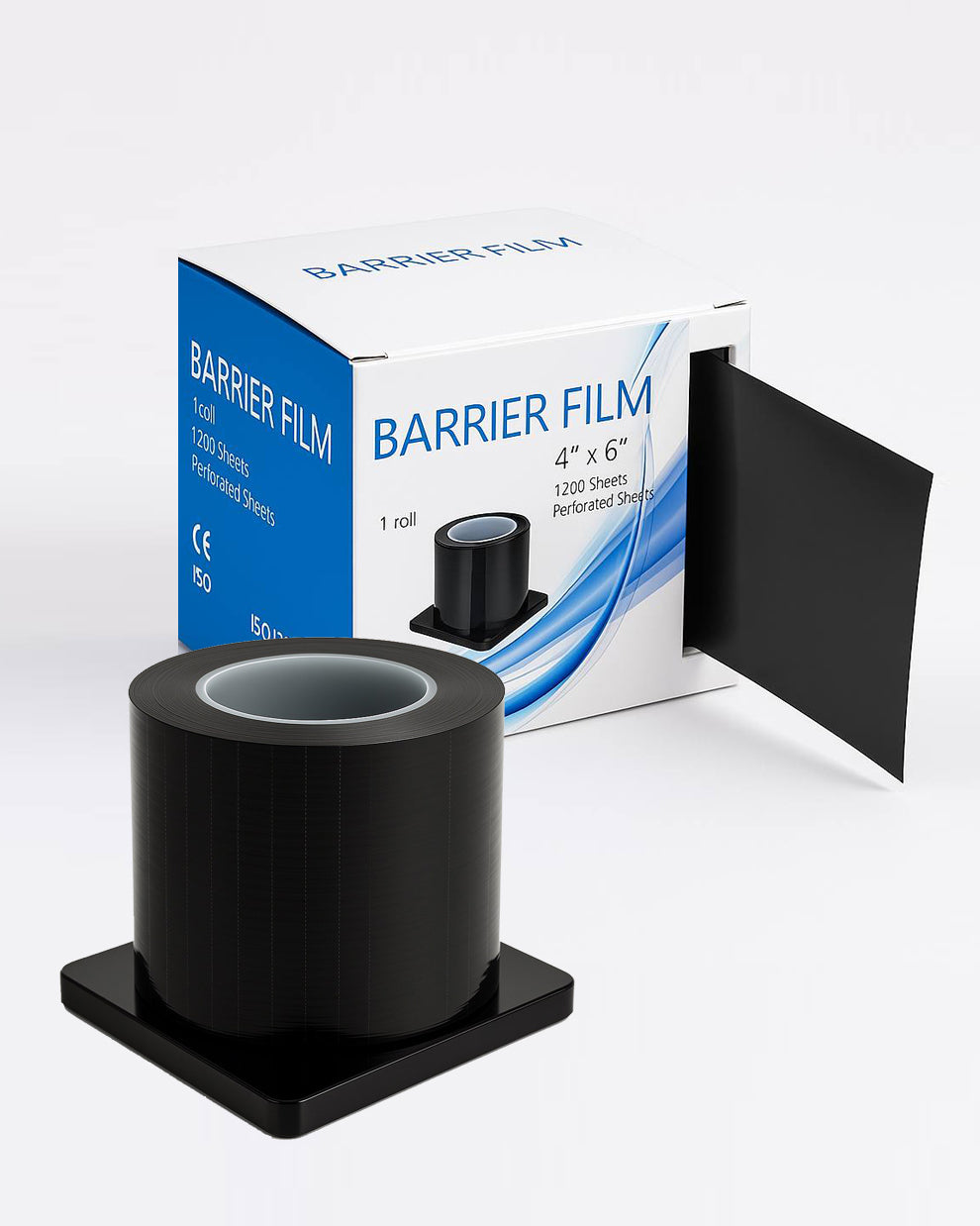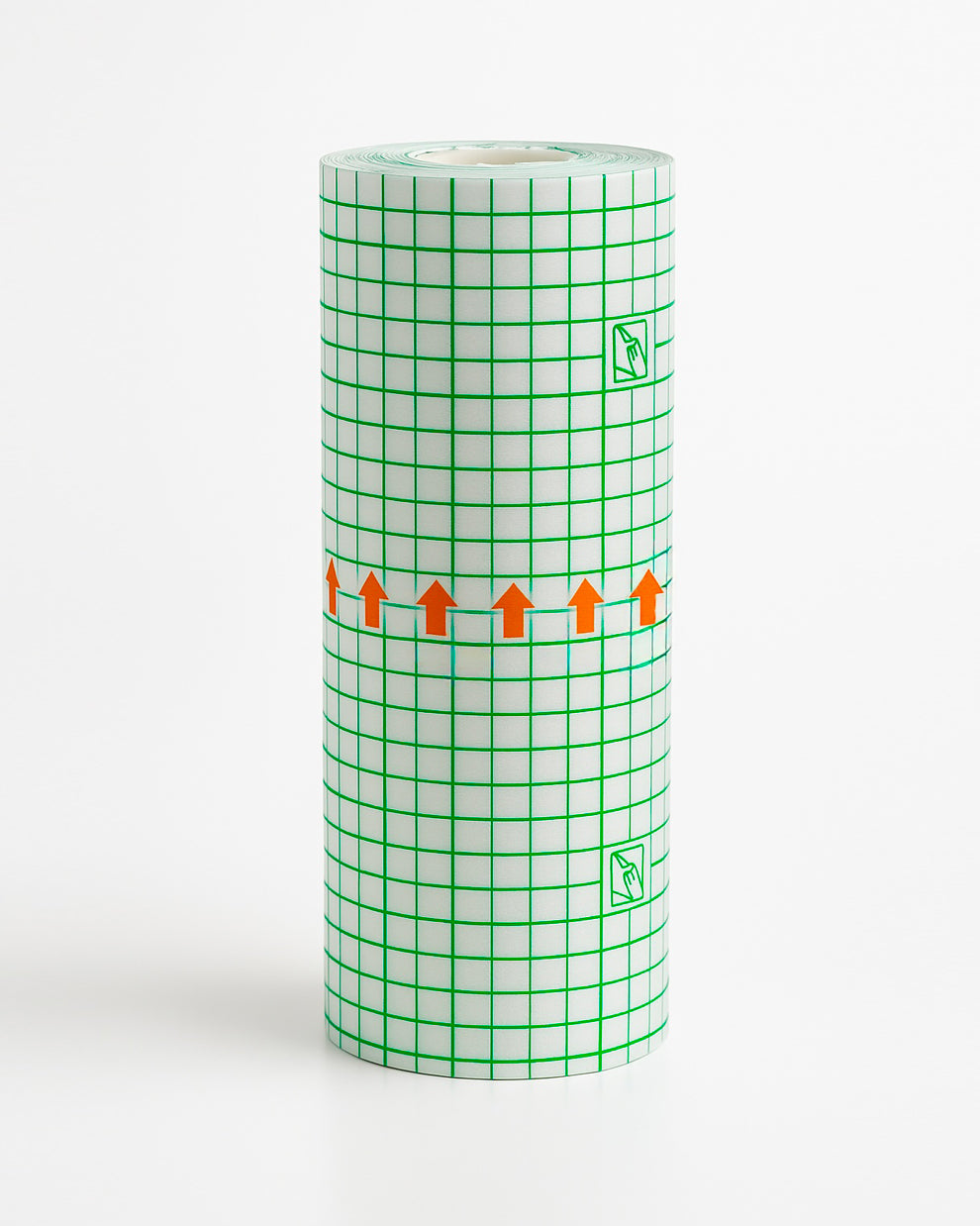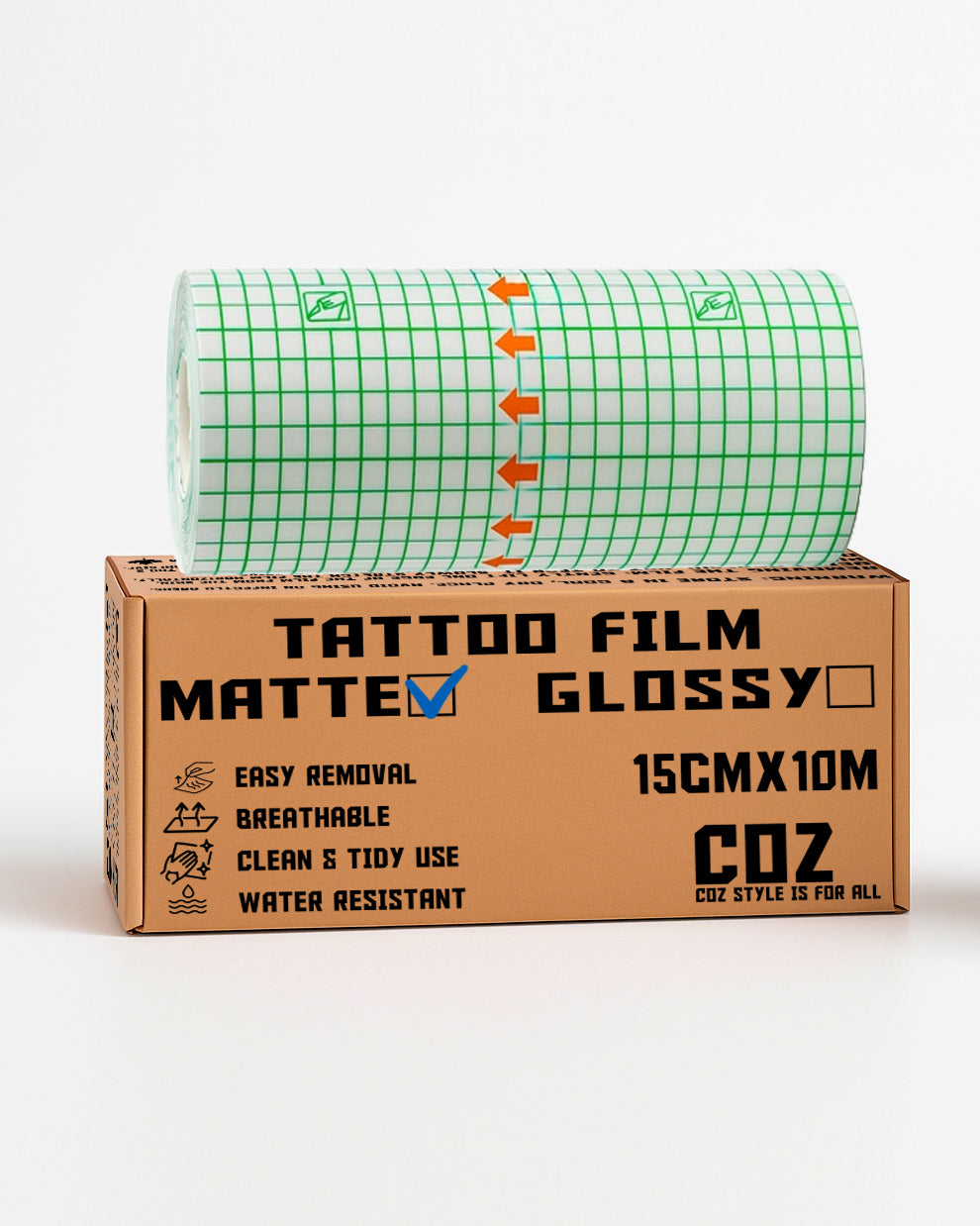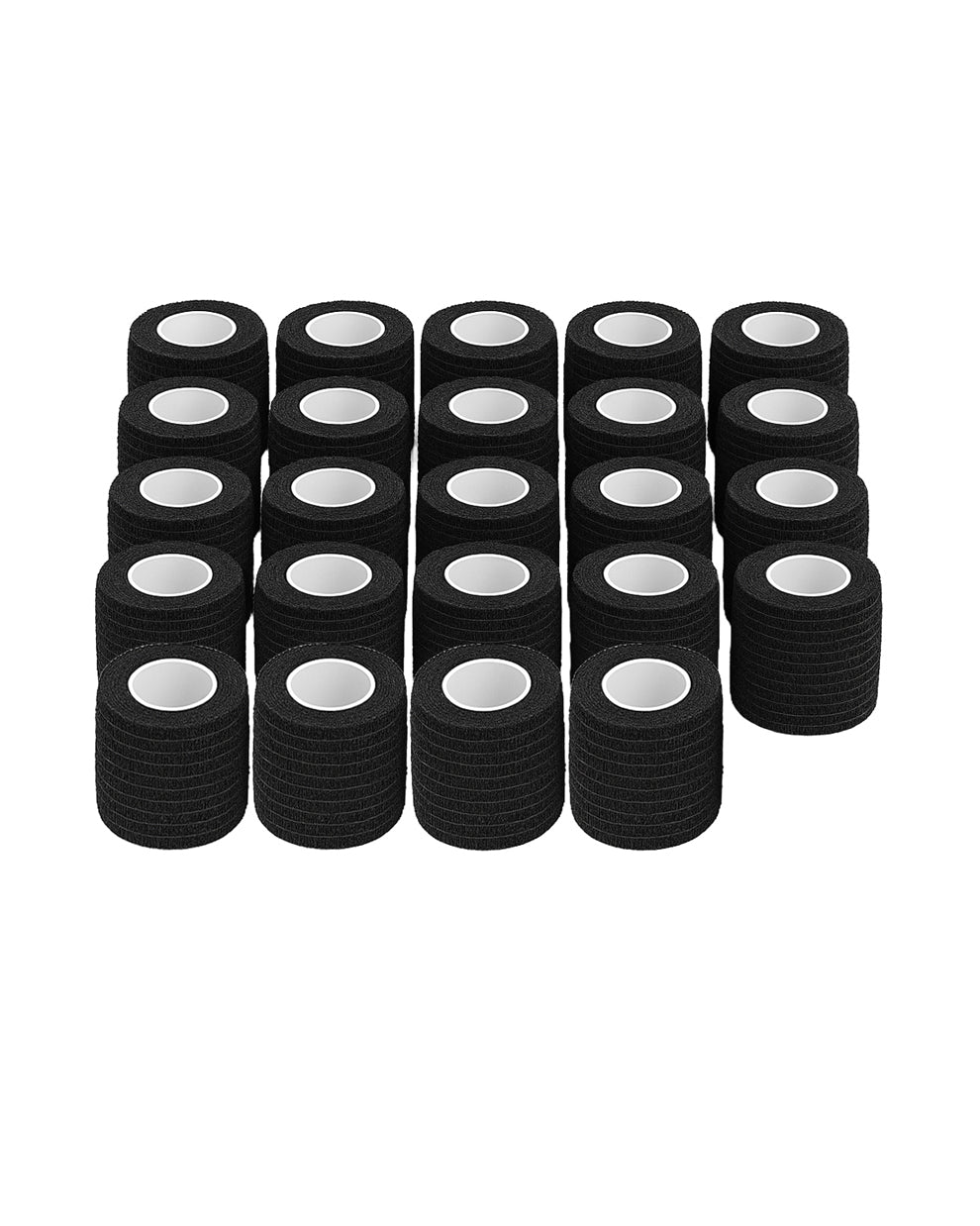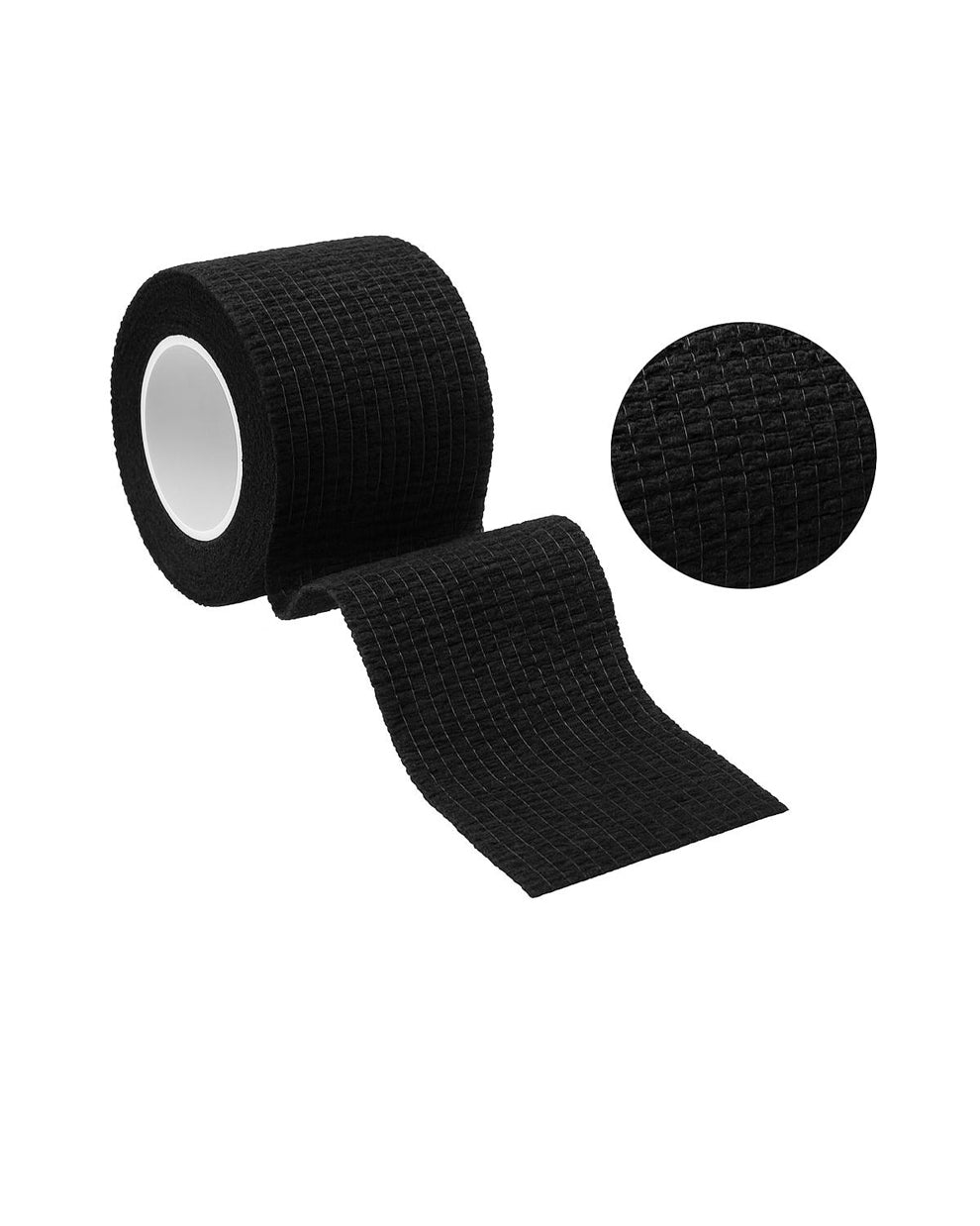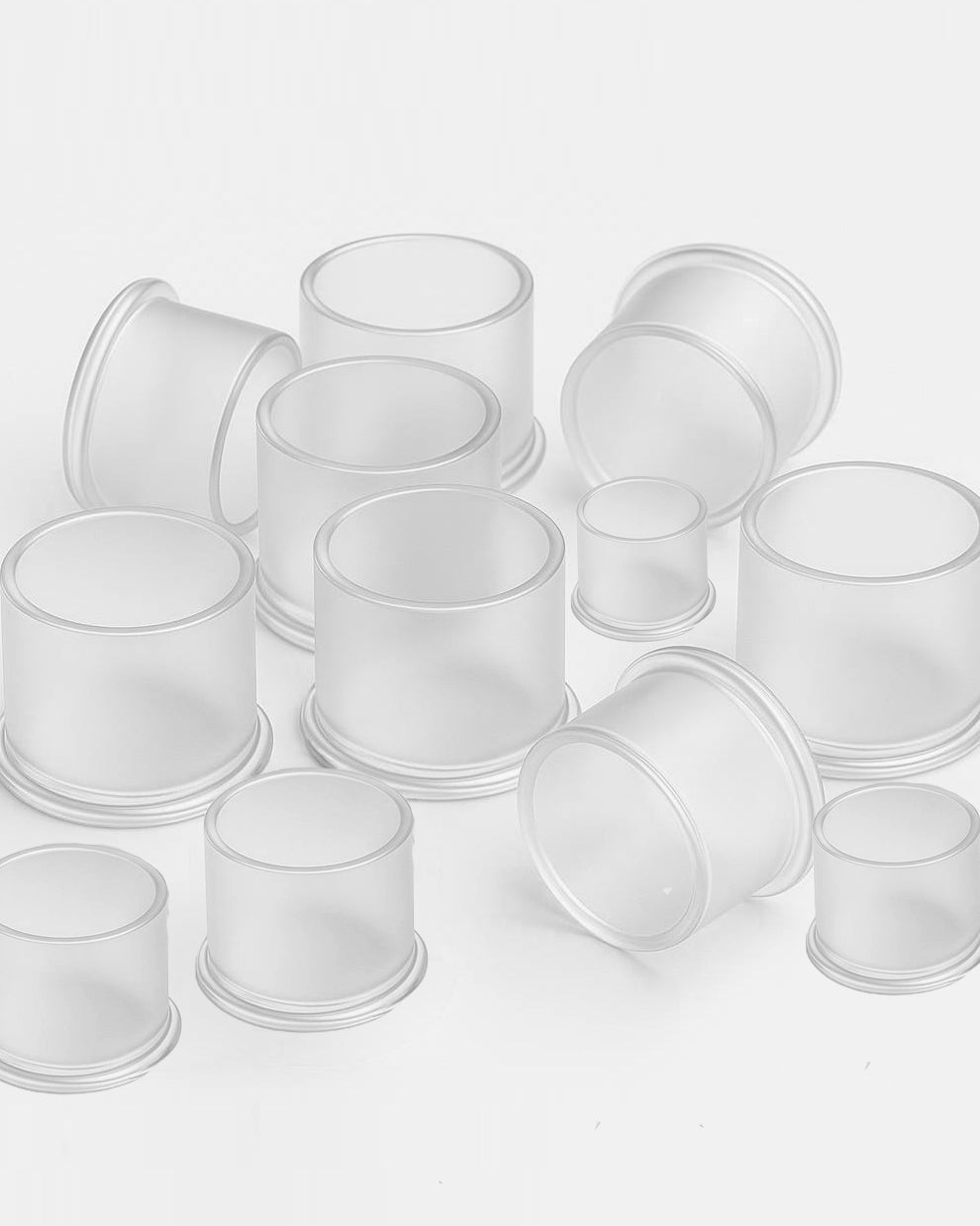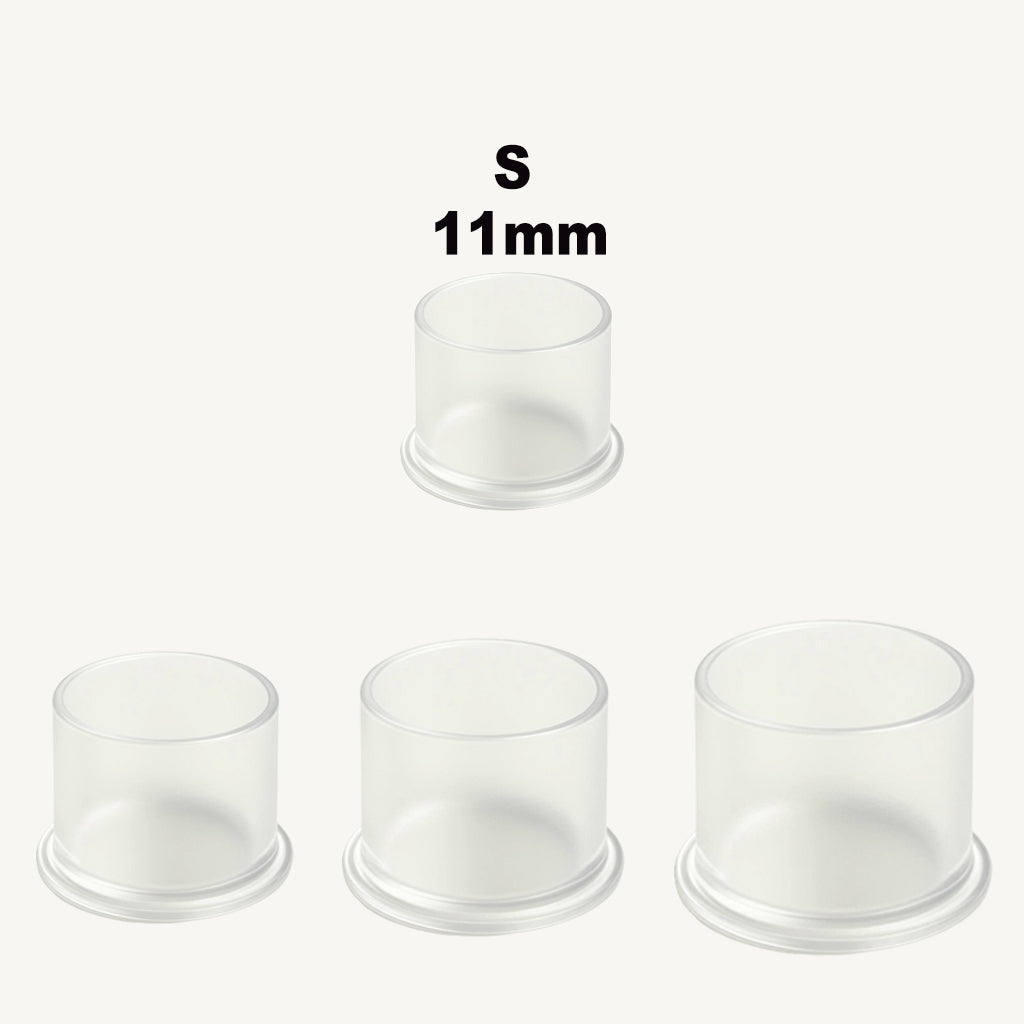If you’ve ever sat in a tattoo chair, you know the drill: before the buzzing needle hits skin, the artist presses on a faint purple (or sometimes red) outline. That’s the stencil — the roadmap that turns a drawing into a tattoo. It looks simple, but behind that outline is a whole toolkit of supplies, transfer methods, and tricks of the trade. Mess it up, and you’re wiping and re-doing while your client sweats on the chair. Nail it, and the rest of the tattoo flows like butter.
So let’s break down how tattoo stencils actually work, the different ways artists in North America make them, and the supplies that separate a clean transfer from a hot mess.
The Basics: What Even Is a Tattoo Stencil?
A tattoo stencil is basically a carbon copy of the design. Think of it like tracing paper for skin. Artists use it to make sure every line is where it should be before they commit with ink. Clients love it because they can check placement and size before the needle goes in. Artists love it because it keeps outlines sharp and consistent.
Without a stencil, even the steadiest hand risks drifting. Sure, some pros can freehand right onto the skin, but for most pieces — especially detailed or symmetrical work — stencils are the MVP.
Different Ways to Make a Stencil
1. Thermal Transfer (The Workhorse)
This is the gold standard in most studios. Thermal copiers and printers use heat to burn the design into special four-layer stencil paper. The result? Crisp, high-contrast outlines that don’t smudge easily.
Pros:
-
Super sharp lines
-
Fast and reliable
-
Minimal upkeep
Cons:
-
Machines aren’t cheap
-
You need proper thermal paper (Spirit® is the classic)
Most artists say once you go thermal, you don’t go back. It’s fast, clean, and practically foolproof.
2. Inkjet Printing (For the Tech-Tinkerers)
Some artists swear by inkjets. With the right tattoo-safe ink and coated stencil paper, you can print stencils like you’re making a photo. But it’s a learning curve: too much ink, and it smears; too little, and it looks faint. You might ruin a few sheets dialing it in.
Pros:
-
Can print detailed or even full-color mock-ups
-
Great if you already design digitally
Cons:
-
More upkeep (cleaning print heads)
-
Transfer not always as bold as thermal
-
Costs add up with special ink + paper
Artists in forums often admit: “I tried inkjet, then borrowed a thermal printer — haven’t looked back.” Still, if you’re tech-savvy, inkjet setups can be worth it.
3. Freehand (The Old-School Way)
Some things never die. Freehand stenciling with carbon paper and a pencil is still alive and well, especially for custom, organic designs like portraits or one-of-a-kind pieces. The pressure of your pencil transfers the image onto carbon, which then goes onto the skin.
Pros:
-
Maximum creative freedom
-
Great for complex or asymmetrical designs
Cons:
-
Time-consuming
-
Redrawing means starting over
-
Easy to mess up under pressure
Plenty of seasoned artists keep freehand in their toolkit because sometimes, nothing beats drawing it yourself.
What Makes a Stencil Stick (Literally)
Getting a stencil onto skin isn’t just about the paper. It’s a mini-ritual:
-
Shave the Area — Always with a fresh, single-use razor. Miss a hair and the stencil won’t sit right.
-
Clean the Skin — Usually with 70% isopropyl alcohol or green soap. Oil and dirt are stencil killers.
-
Apply Transfer Gel — This is the secret sauce. A thin, even coat of primer (Stencil Stuff, Electrum, Recovery Stencil Lock, Proton sprays, etc.) makes the stencil grip like glue. Too much, and it smears; too little, and it fades.
-
Press + Hold — Line it up, press with your palm for 10–20 seconds, then peel slowly.
-
Let It Dry — A few minutes to set before you start wiping during tattooing.
Artists also swap hacks: dusting baby powder to stop smudging, sealing edges with hairspray for marathon sessions, or trimming stencils close so excess paper doesn’t fold.
The Supplies You Actually Need
If you’re setting up your station, here’s the real “don’t-skip” list for clean transfers:
-
Stencil Paper: Spirit Classic Thermal (purple), Spirit Green (better contrast on dark skin), or Spirit S8 Red (bright red for lighter tones). Prime Thermal is a solid budget pick. For freehand, grab hectograph/freehand carbon sheets.
-
Thermal Printer or Copier: Portable units like Phomemo M08F or studio staples like Brother PocketJet. For freehanders, a trusty copier works.
-
Inkjet Setup (Optional): Epson EcoTank + tattoo stencil ink (Electrum, RetroDeco, etc.) with compatible paper.
-
Transfer Gel / Primer: Stencil Stuff, Electrum, Recovery Stencil Lock, Proton spray — all solid.
-
Razors: Single-use, sharp, and simple. No multi-blades that nick skin.
-
Prep Supplies: 70% isopropyl alcohol, green soap, gloves, paper towels.
-
Tracing Tools: Hectograph pencils, SkinWriter markers, or just your sharpest pencil.
These aren’t just “nice-to-haves.” They’re what keep your stencil from sliding off mid-outline.
Artist Tips and Common Mistakes
-
Thermal Wins for Speed: Most pros stick with thermal because it’s just faster and cleaner.
-
Inkjet = Trial + Error: Expect to waste a few sheets learning the settings.
-
Freehand for Flexibility: Still king for portraits and unique designs.
-
Prep Is Everything: If the skin isn’t clean, no stencil will survive.
-
Patience Matters: Let the stencil dry before touching. Rushing ruins it.
One artist summed it up perfectly: “Your stencil is your map. If it’s crooked or blurry, your tattoo will be too.”
Final Thoughts
Tattoo stencils might look like simple outlines, but they’re the unsung heroes of clean, professional tattoos. Whether you’re team thermal, inkjet, or old-school freehand, the key is good prep, quality supplies, and patience. Nail your stencil game, and you set yourself up for success before the first drop of ink even hits skin.








